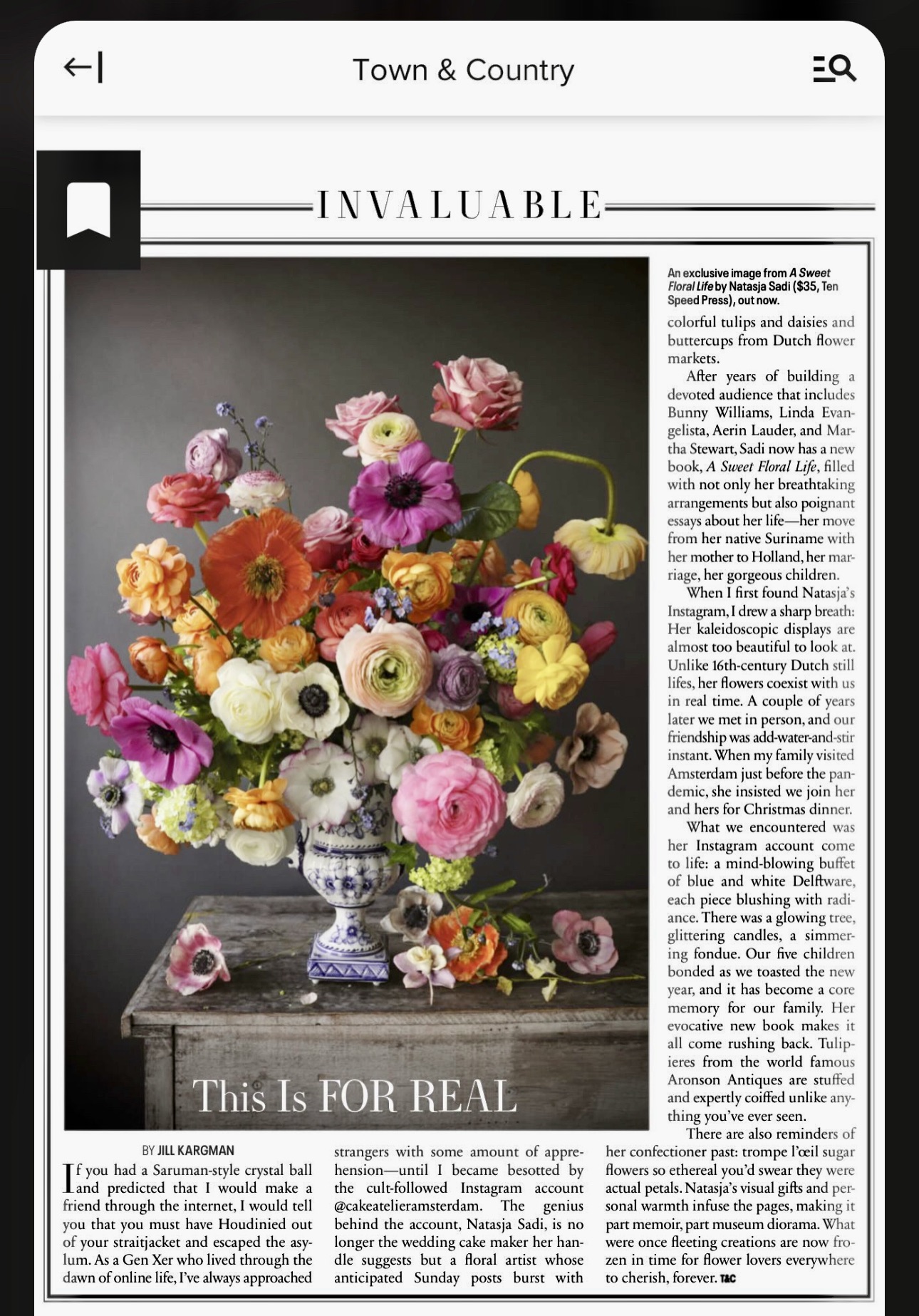By Heidi Ellison
March 8-9, 2008
In case anyone still thinks of antique dealers as being quaint and old-fashioned, that image will be quickly dispelled by an encounter with Robert Aronson, a specialist in Dutch Delftware, Asian art and Continental furniture, at the Aronson Antiquairs stand at Tefaf Maastricht..
Although Aronson is the fifth-generation director of Aronson Antiquairs of Amsterdam, founded in 1881, there is nothing old-fashioned about him, except perhaps his courtly manners. While only 37, he has worked in the profession for 17 years and has brought the family business firmly into the 21st century, not least with a complete redesign of the gallery’s Web site (www.aronson.com).
“It’s a very sleek extension of the gallery online,” he says. Visitors can buy pieces with price tags of up to €15,000 through the site, a high-tech rarity in the antique world. Fully guaranteed, with packing and insurance included, the pieces available on the Web are of the same quality as those sold in the gallery.
Aronson is also bringing his modern approach to Tefaf Maastricht 2008. He is the first dealer at the fair to equip his stand with environmentally friendly LED lights, which not only use only 20 percent of the energy required by conventional lighting, but also help to lower the temperature in the booth, making it more pleasant for visitors and staff alike.
Those 1,300 LED lights will be shining on an exceptional selection of Delftware that Aronson characterizes as “one of strongest of the last few years.” It includes 15 pieces from the collection of F.H. Fentener van Vlissingen, a Dutch entrepreneur whose collection had disappeared from the market after his death in 1962. Among the highlights is a splendid jug portraying scenes of children playing together, from Het Moriaenshooft (the Moor’s Head), one of the best Delft factories.
In another coup, Aronson is presenting five pieces marked “I.W.,” made by Jacob Wemmersz. Hoppesteyn or his widow, owners of the Moor’s Head factory in Delft from 1664 to 1686.
Since only about 42 pieces bearing this mark are known to exist, bringing five of them together in one place is nothing short of extraordinary, especially since they all came from different sources. One of them, a charger dating from 1680-85, is one of only three known I.W.-marked pieces with polychrome chinoiserie decoration. Priced at €395,000, it will be the centerpiece of the stand.
The gallery’s new publication, “Dutch Delftware 2008,” containing details of the entire 97 pieces in the new collection, will be available as a gift to Tefaf visitors. In another example of Aronson’s high-tech approach to antiques, the 128-page full-color catalogue was printed in Belgium using high-definition technology, which greatly improves both the detail and the depth of the illustrations.
Yet another up-to-date innovation is the gallery’s new advertising campaign, “Share the Emotion.” Instead of the conventional approach of concentrating on the objects themselves, it puts the focus on personal relationships, showing the gallery’s staff interacting with clients. “The objects really only come alive when the story behind them is shared,” says Aronson.




